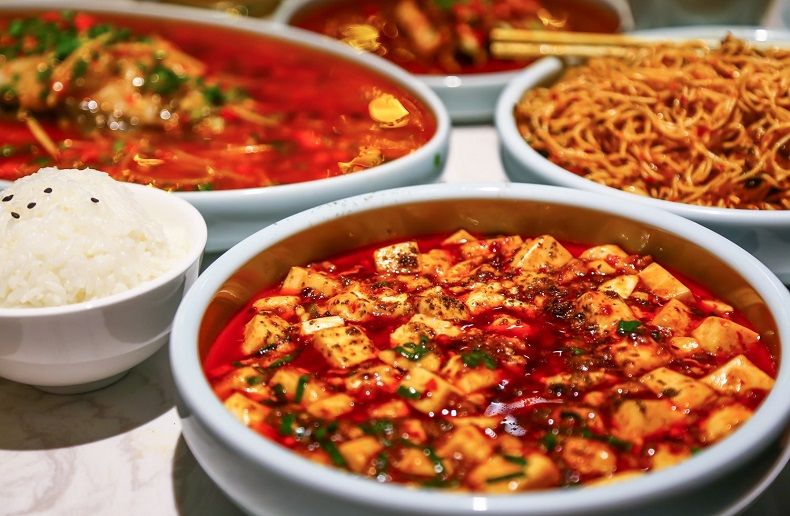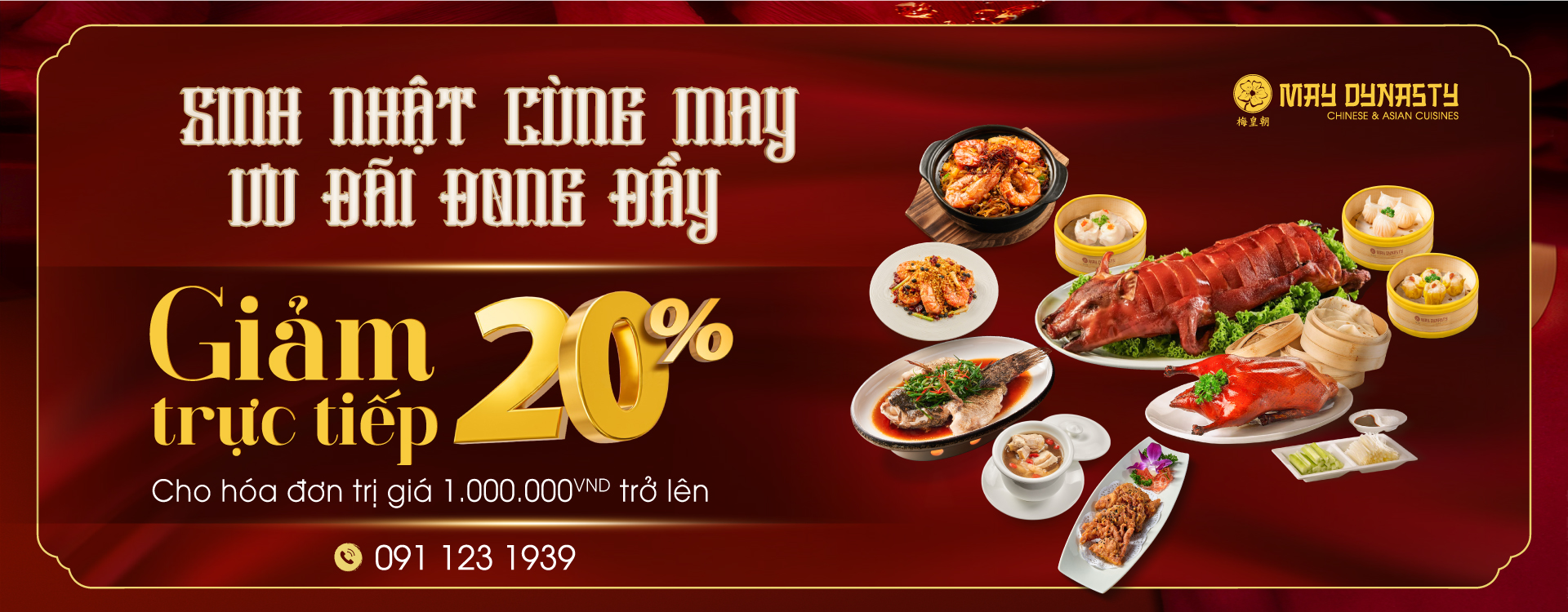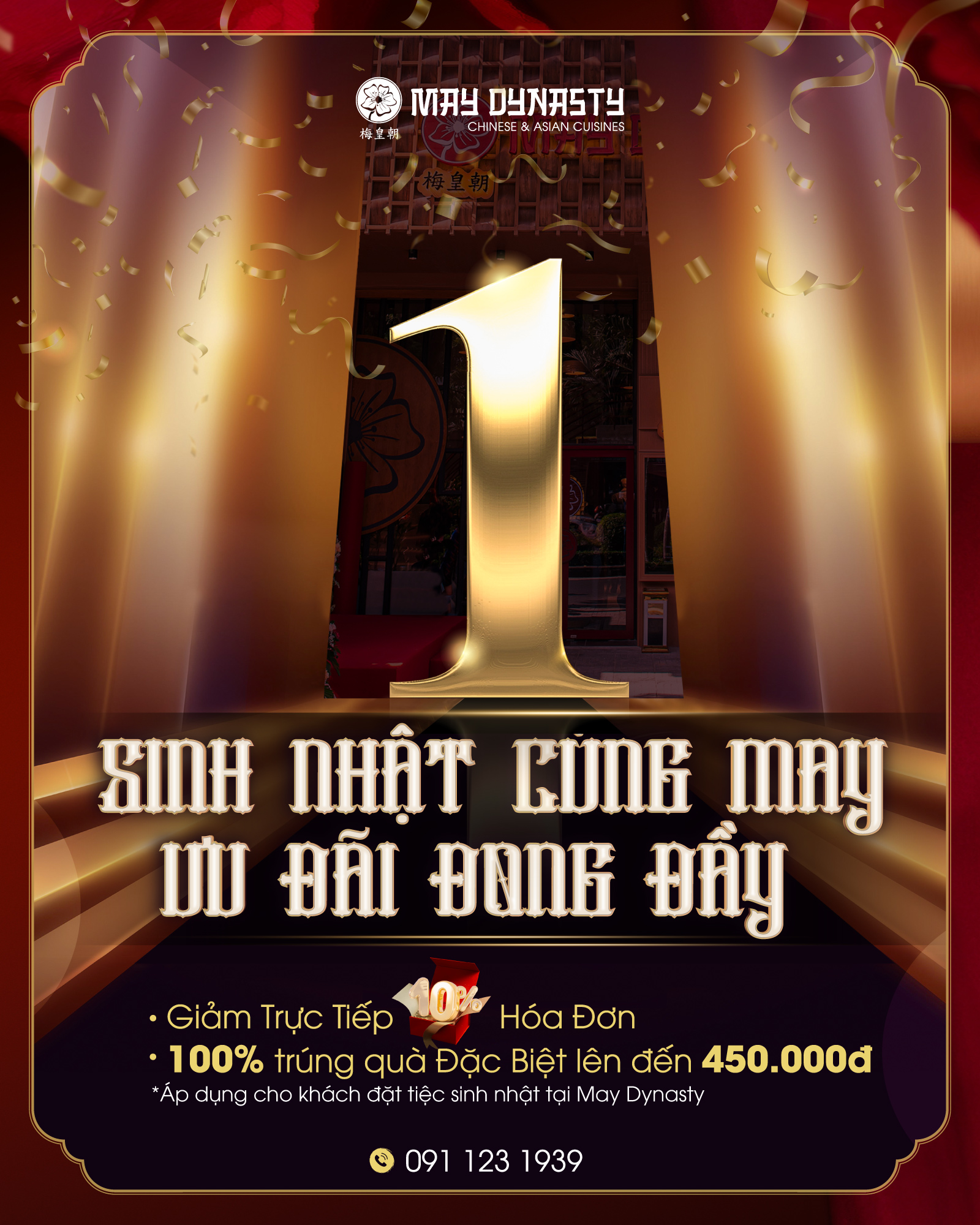Starting point: The roots of Chinese cuisine
With more than 6,000 years of history, China obviously possesses an extremely diverse and long-standing culinary culture, originating thousands of years BC. The main ingredients of this cuisine include rice, wheat, beans and meat. Exploring China’s culinary history is an exciting journey. Thanks to the process of inheritance and development, knowledge and cooking techniques have been passed down from generation to generation, creating the diversity and richness that characterizes Chinese cuisine.
Chinese cuisine has always been known for its harmonious combination of colors and flavors. The colors in dishes often represent elements of the country’s culture, with red, yellow and orange being the most common. For example, orange is often used to create freshness and creativity in Chinese dishes.
Summary of the history of Chinese cuisine:
The issue of the history of Chinese cuisine cannot be clearly defined because it goes hand in hand with the development of culture. However, the history of Chinese cuisine is often divided into five main stages of development: Shang Zhou, Qin Han, Wei Jin, Southern and Northern Dynasties, Yuan Ming Qing, and the Republic of China.
Shang Zhou Period:
This period lasted from about 205 – 256 BC. During this period, cuisine focused on developing mainly in the middle and lower reaches of the Yellow River. The Chinese pay attention to the freshness and purity of food. This period was when the breakfast dish developed strongly, including dishes such as sweet soup and honey. In particular, fruit desserts were born during this period with a very delicate process of processing and removing the fishy smell.

Qin Han period:
The Qin Han period lasted from 221 BC – 220 AD after Qin Shi Huang unified China. With political stability, cuisine had the conditions to develop and this period witnessed strong interference between regions. This combination creates creativity and unique variations in cuisine. This period emphasized the harmony between yin and yang in dishes.
Period of Wei Jin, Southern and Northern Dynasties:
During the period from 220 – 420 CE, Chinese cuisine experienced a period of prosperity with the development of feudalism. This creates unique creations and variations in cuisine. The perfection of Chinese Sichuan cuisine and food management became more important. Many famous wines were also born during this period.

Yuan Ming Qing period:
During this period, culinary culture developed strongly and reached its peak during the feudal period. Royal cuisine rose to a new level and many famous dishes appeared during this period. This was the period of perfection and strong development of Chinese cuisine.
Republic of China period:
This period marked constant fighting and rebellion in China. Therefore, cuisine did not have outstanding development. However, this period was the time when many research works on the history of Chinese cuisine appeared, such as the book “Summary of Food” summarizing more than 170 famous vegetarian dishes.

How Has Chinese Cuisine Evolved and Spread?
As an essential part of Chinese culture, Chinese cuisine has continuously evolved and thrived over time. From home-cooked meals in individual households to the emergence of Chinese restaurants and eateries worldwide, Chinese cuisine has long been an indispensable aspect of global culinary culture.
Unique Fusion in Chinese Cuisine
Chinese cuisine showcases diversity not only in flavors but also in ingredient usage and cooking techniques. From exquisite dim sum to delectable seafood stir-fries and succulent Peking duck, Chinese restaurants truly stand out with their unique fusion of spices, herbs, and cooking methods. This diverse cuisine not only satisfies the palate but also offers a rich and distinctive culinary experience.

Chinese Restaurants in Saigon: A Culinary and Cultural Essential
With the growing Chinese community in Ho Chi Minh City, Chinese restaurants have become an essential part of the culinary culture. Located at 224-226 Phan Xich Long, Ward 7, Phu Nhuan District, Ho Chi Minh City, Zen Chinese Restaurant offers a unique and refined dining experience that is sure to please enthusiasts of Chinese cuisine.
The restaurant uses the colors red, yellow, and orange tastefully, not only reflecting the symbolic beauty of Chinese culture but also infusing freshness and creativity into its diverse Chinese menu through these dominant colors.

Zen Chinese Restaurant is led by Executive Chef Thomas Kok and Chef Leung Wing Hoi, renowned chefs from Singapore. It is the ideal place to sample traditional and modern Chinese dishes, ranging from various soups, Peking duck, to delightful dim sum.


The history of Chinese cuisine has undergone a long and diverse journey, from its initial origins to its development and global spread. Chinese restaurants play a vital role in introducing and preserving this unique culinary heritage. Experience the wonderful culinary culture at Chinese restaurants and eateries near you.





